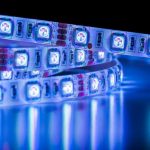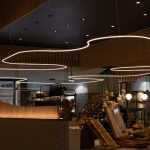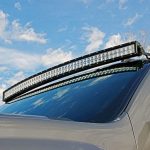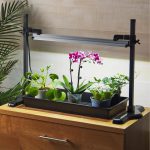Upgrade Your Lighting: A Beginner’s Guide on How to Change LED Recessed Lights
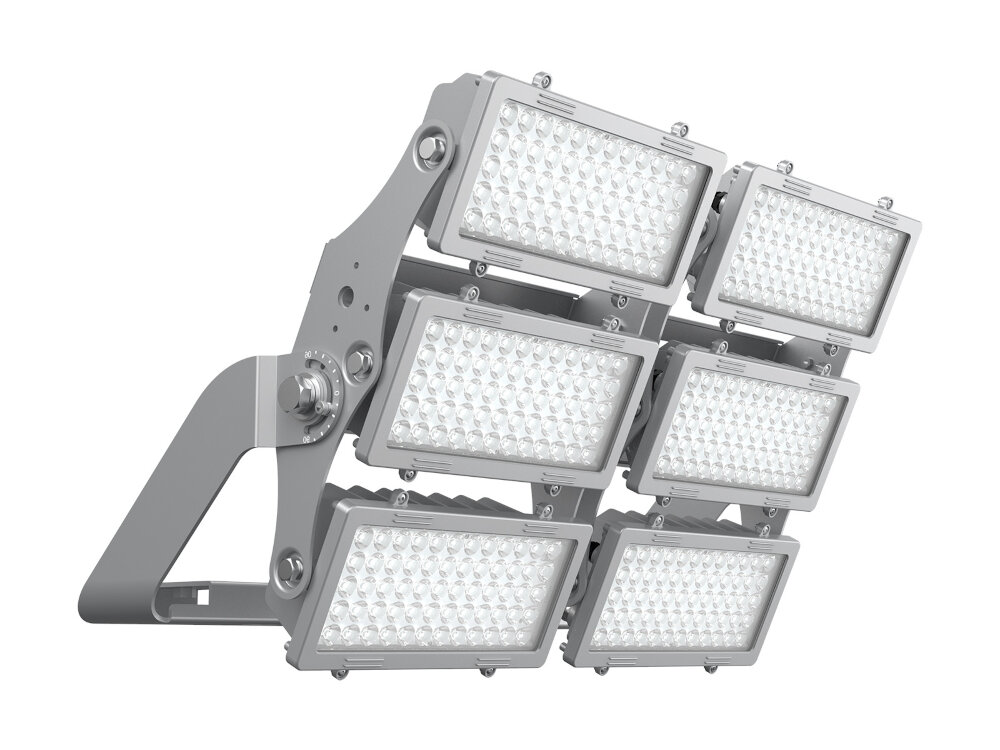
Lighting is an essential aspect of any home or office. It sets the mood, enhances the atmosphere, and can even affect the productivity of the space. With the rapid advancement in technology, traditional lighting systems are quickly becoming obsolete, and LED lights are taking over. LED Recessed lights are the perfect choice for upgrading your lighting system, as they are energy-efficient, long-lasting, and offer a wide range of customization options. However, if you are new to the world of LED recessed lights, you might find the installation process daunting. Fear not, as this beginner’s guide will walk you through the process of upgrading your lighting system with LED recessed lights. LED recessed lights are a perfect choice for anyone looking for a modern, energy-efficient, and customizable lighting system. They are easy to install, and once installed, they provide a sleek and sophisticated look to any space. However, before you jump into the installation process, you need to understand the basics of LED recessed lights, such as the different types of lights available, the size and layout of your space, and the type of dimmer switch you need. This guide will provide you with all the necessary information you need to change your traditional lighting system to LED recessed lights, making your space more energy-efficient, brighter, and more comfortable. So, let’s get started!
LED recessed lights are a modern lighting solution that are popular for their sleek and stylish design. Unlike traditional lighting fixtures, LED recessed lights are installed within the ceiling, which means they are flush with the surface and do not protrude. This creates a clean and uncluttered look that is perfect for modern and minimalist interiors. In addition to their aesthetic appeal, LED recessed lights are also energy-efficient and long-lasting. They use up to 75% less energy than traditional lighting fixtures and can last up to 25 times longer. This makes them a cost-effective and sustainable lighting solution. Furthermore, LED recessed lights are also customizable, with a range of color temperatures and dimming options available to create the perfect ambiance for any room.
Upgrading your lighting can drastically improve the ambiance of your home or workspace, creating a more inviting and comfortable environment. LED lights, in particular, offer a wide range of color temperatures and brightness options to cater to your specific needs. Not only does upgrading to LED lighting improve the aesthetic appeal of your space, but it also provides significant cost savings and energy efficiency benefits. LED lights use significantly less energy than traditional lighting options, resulting in lower electricity bills and a reduced carbon footprint. Making the switch to LED lighting may seem daunting, but with the right tools and knowledge, it can be a simple and satisfying DIY project that can benefit both your wallet and the environment.
Types of LED Recessed Lights
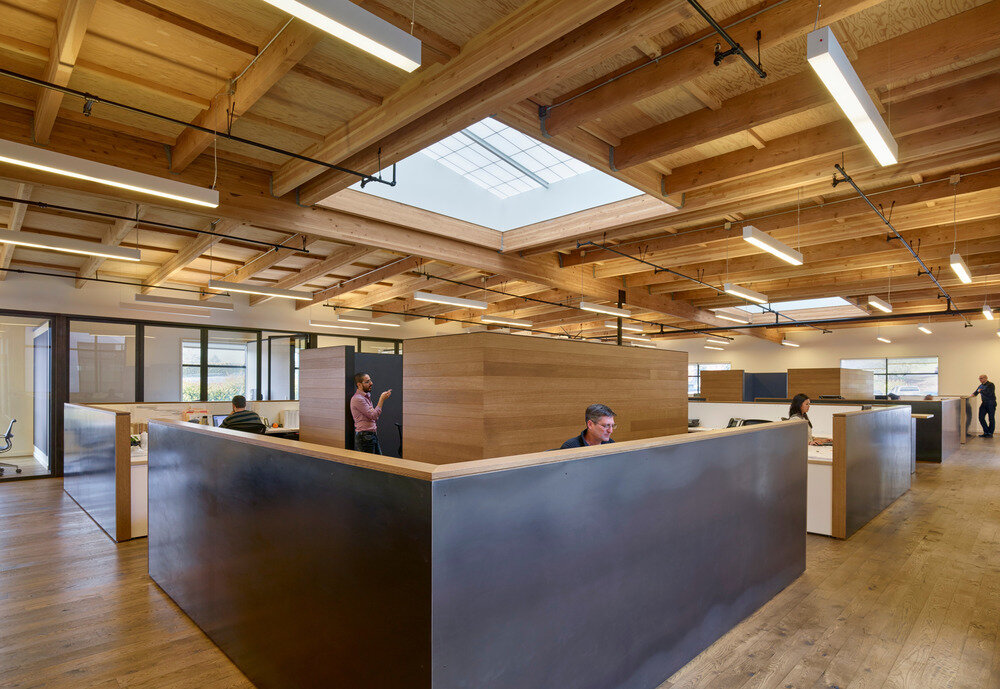
LED recessed lights are a popular lighting option for modern homes, as they offer a sleek and sophisticated look while also providing energy efficiency. There are several types of LED recessed lights to choose from, each with their own unique benefits and features. One type is the downlight, which is a popular choice for general lighting in living spaces. These lights are designed to direct the light downward, illuminating the room evenly. Another type is the eyeball light, which can be aimed in any direction, making it a versatile option for accent lighting or highlighting specific areas of the room. Another type of LED recessed light is the wall-washer light, which is designed to wash the walls with light. These lights are often used to create a dramatic effect in a room, highlighting artwork or architectural features. Another popular option is the adjustable light, which can be tilted or rotated to direct the light where it is needed most. This makes them ideal for task lighting in areas such as the kitchen or office. No matter which type of LED recessed light you choose, upgrading your lighting can have a significant impact on the look and feel of your home.
LED recessed lights are an excellent way to upgrade your home lighting system. They are energy-efficient, long-lasting, and come in various types. The first type is the new construction LED recessed lights, which are installed during the construction process. The second type is the remodel LED recessed lights, which are installed during a renovation. The third type is the retrofit LED recessed lights, which are designed to fit into existing fixtures. These lights are easy to install and don’t require any rewiring. The fourth type is the adjustable LED recessed lights, which allow you to adjust the direction of the light. Lastly, there are the dimmable LED recessed lights, which can be adjusted to create the perfect ambiance in any room. No matter the type of LED recessed light you choose, they all offer many benefits, such as energy savings, long life, and a modern look.
When it comes to upgrading your lighting, LED recessed lights are a popular and energy-efficient choice. There are several types of LED recessed lights to choose from, each with their own unique features and benefits. The first type is the standard retrofit LED recessed light, which is a simple replacement for existing recessed lights. The second type is the newer slim LED recessed light, which has a thinner profile and is a great option for spaces with limited ceiling depth. Finally, there are adjustable LED recessed lights which allow you to direct the light where you need it most. No matter which type you choose, LED recessed lights offer several benefits such as energy savings, long lifespan, and improved lighting quality.
Choosing the right LED recessed light for your needs can be a daunting task. There are several factors to consider when making your selection. The first consideration is the size and depth of your recessed lighting fixture. You need to ensure that the LED light you choose fits perfectly into the fixture. The second factor to consider is the color temperature of the LED light. The color temperature will determine the ambiance of the room, warm or cool. The third and final factor to consider is the wattage of the LED light. You need to ensure that the wattage is appropriate for the room size, and it generates enough light for your needs. By considering these factors, you can choose the right LED recessed light that meets your needs and improves your home lighting.
Tools and Materials Needed
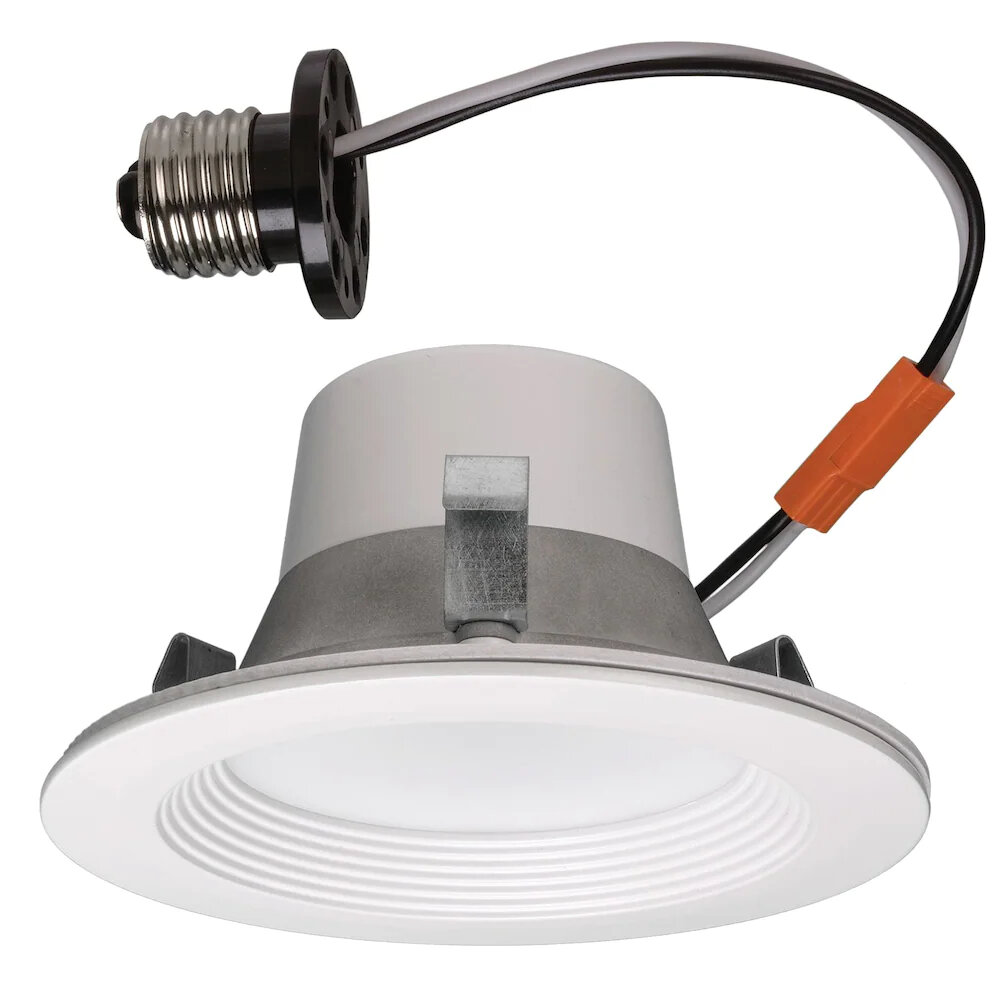
When it comes to upgrading lighting fixtures, having the right tools and materials is essential. Before you start changing your LED recessed lights, ensure that you have all the necessary equipment at hand. This will not only make the process smoother but also prevent you from damaging your existing lighting fixtures. Some of the tools that you’ll need include a screwdriver, wire stripper, safety glasses, and a voltage tester. A screwdriver is required to remove the existing light fixtures and install the new ones. Safety glasses are essential to protect your eyes from dust and debris that may fall during the installation process. The wire stripper is necessary to strip the wires and connect them to the new fixtures. Lastly, a voltage tester is required to ensure that there is no electrical current in the wires before you start working on them. Apart from the tools, you’ll also need some materials to complete the upgrade. The most important material is the LED recessed light fixture. Ensure that you choose the right size and type of fixture that matches your existing wiring. You may also need some electrical wire connectors to connect the wires properly. If your existing wiring is not compatible with the new fixtures, you may need to purchase some additional wiring to ensure a smooth installation process. Additionally, you may need some insulation to protect the wires and prevent any electrical hazards. Overall, having the right tools and materials will make the process of changing LED recessed lights easier and safer.
If you’re planning to upgrade your lighting system by changing LED recessed lights, you’ll need a few essential tools and materials to get started. Firstly, you’ll need a ladder that’s tall enough to reach the ceiling, where the lights are installed. You’ll also need a screwdriver or drill to remove the existing fixtures and install the new ones. Additionally, you should have a voltage tester to ensure that the electrical current is turned off before you begin working on the lights. Finally, it’s important to have the new LED recessed lights themselves, as well as any mounting brackets or other hardware required for installation. With these tools and materials in hand, you’ll be well-equipped to upgrade your lighting system and enjoy the many benefits of LED technology.
Selecting high-quality LED recessed lights and other supplies is crucial when upgrading your lighting. Firstly, consider the brightness and color temperature of the LED lights, ensuring they are suitable for your desired ambiance. Secondly, check the energy efficiency and lifespan of the bulbs to ensure you are making a wise investment. Additionally, consider the size and shape of the recessed light fixtures to ensure they fit seamlessly into your ceiling. Lastly, purchase from reputable suppliers and manufacturers to guarantee quality and reliability. By keeping these factors in mind, you can ensure that your lighting upgrade will be a success, providing both aesthetic appeal and practicality.
StepbyStep Guide to Changing LED Recessed Lights
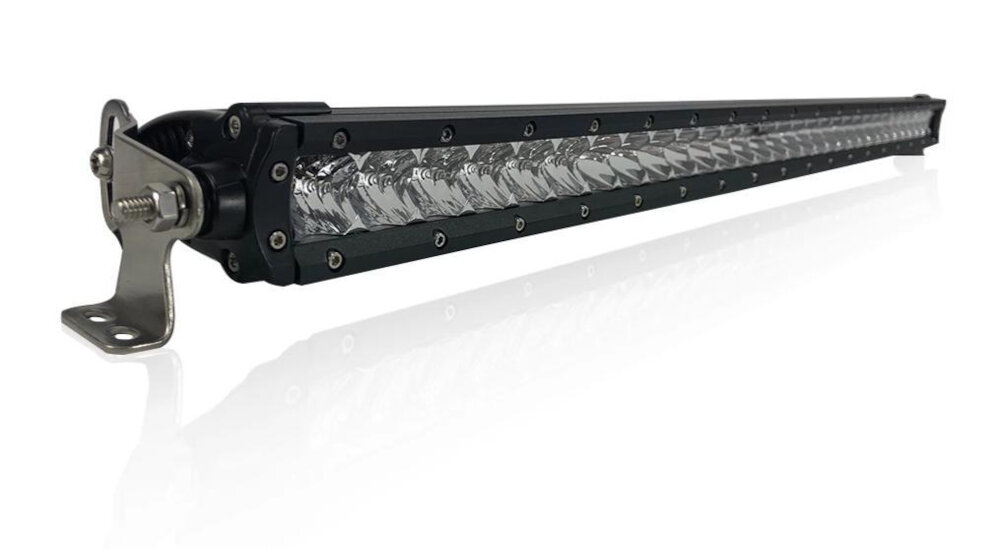
Upgrading your lighting can completely transform the look and feel of any room in your home. One of the easiest and most effective ways to do so is by changing out your old recessed lights with new LED ones. Not only will this provide better energy efficiency and cost savings, but it can also improve the overall aesthetic and ambiance of your space. If you’re looking to take on this DIY project, you’ll need a step-by-step guide to ensure a successful and safe installation. First, gather all the necessary tools and materials, including your new LED recessed lights, a screwdriver, wire strippers, wire connectors, electrical tape, and a voltage tester. Make sure to turn off the power to the room where you’ll be installing the new lights before beginning any work. Use the voltage tester to confirm that the power is off before proceeding. Next, remove the existing recessed light fixture by unscrewing it from the ceiling or by gently pulling it down from the ceiling to reveal the wiring. Disconnect the wires and remove the fixture from the ceiling, taking care not to damage the wiring or the ceiling itself. Follow the manufacturer’s instructions to install the new LED light fixture, connecting the wires and securing the fixture to the ceiling. Finally, turn the power back on and test the new light to ensure it’s working properly. With this step-by-step guide, you’ll be able to upgrade your lighting with ease and confidence.
If you’re looking to upgrade your lighting, replacing old recessed lights with new LED recessed lights is a great way to do it. Here are the steps to remove old recessed lights and install new LED recessed lights. First, turn off the power to the lights at the circuit breaker. Then, remove the trim and bulb from the old fixture. Next, unscrew the existing fixture from the ceiling and disconnect the wiring. After that, install the LED retrofit kit into the existing fixture housing, making sure to connect the wiring correctly. Finally, screw in the new LED trim and turn the power back on to enjoy your new, energy-efficient lighting.
When upgrading lighting fixtures in your home, it is crucial to take proper safety precautions when handling electrical components. Firstly, always turn off the power supply to the area you will be working in to avoid electrical shock. Wear protective gloves and eyewear to prevent any injury from potential sparks or debris. Ensure that all wires are properly secured and not exposed to any sharp edges. When connecting the new LED recessed lights, make sure to follow the manufacturer’s instructions carefully and double-check all connections before turning on the power supply. By taking these precautions, you can ensure a safe and successful lighting upgrade for your home.
When upgrading your lighting to LED recessed lights, it’s important to avoid common mistakes during the installation process. One common mistake is not turning off the power before starting the installation. This can result in electric shock or damage to the fixture. Another mistake is using the wrong size or type of recessed light for the space, which can lead to issues with efficiency and aesthetics. It’s also important to ensure that the wiring is properly connected and the light is securely fastened to the ceiling. Taking the time to carefully plan and execute the installation process can help avoid these mistakes and ensure a successful upgrade to LED recessed lighting.
Troubleshooting Common Issues
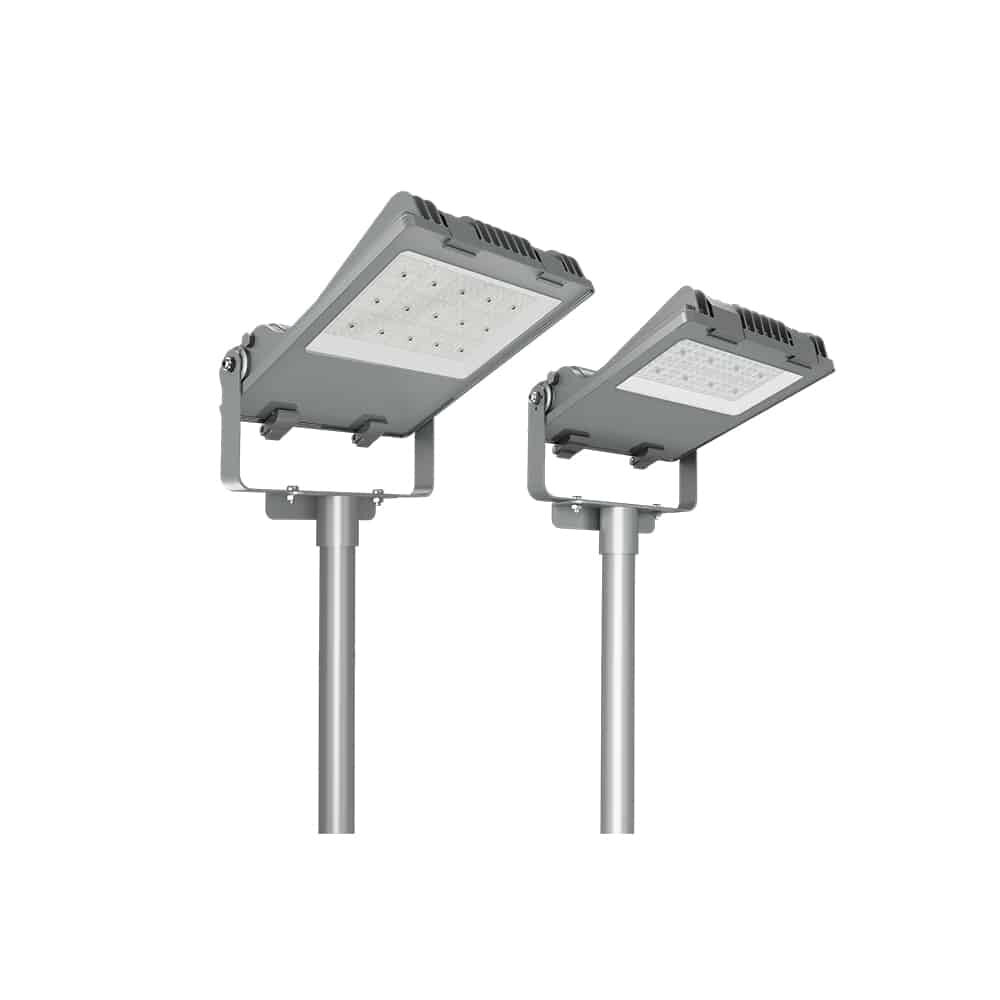
Troubleshooting common issues is an essential part of upgrading your lighting system. One of the most common issues with LED recessed lights is flickering. Flickering may occur due to a number of reasons, including faulty wiring or an incompatible dimmer switch. To troubleshoot this issue, start by checking the wiring connections. Loose connections can cause flickering and may need to be tightened or replaced. If the wiring connections are fine, the dimmer switch may need to be replaced with one that is compatible with LED lights. Another common issue is inadequate lighting. If your LED recessed lights are not providing enough light, you may need to adjust the positioning or install additional lights. It is also important to ensure that the correct wattage bulbs are being used. Using bulbs with a lower wattage than recommended can result in insufficient lighting. If the bulbs are the correct wattage and positioning is not the issue, you may need to upgrade to higher quality LED lights or consider adding additional lighting fixtures to your space. By troubleshooting these common issues, you can ensure that your LED recessed lights are functioning properly and providing optimal lighting for your space.
During the installation process of LED recessed lights, there are several common problems that may arise. One of the most common issues is incorrect wiring, which can lead to the light not turning on at all or flickering. Another problem is incorrect placement of the light, which can result in uneven lighting or shadows. Additionally, if the fixture is not properly seated in the ceiling, it can become loose and start to wobble. Other issues may include difficulty with removing the old fixture, compatibility issues with the new fixture, or problems with the dimmer switch. It is important to carefully follow the installation instructions and seek assistance from a professional if necessary to ensure a successful and safe installation process.
When upgrading your lighting to LED recessed lights, you may encounter some common issues such as flickering, buzzing, or lights not turning on. The first step to troubleshooting these issues is to check the wiring and connections to ensure they are properly installed. If the wiring and connections are sound, then the issue may be with the dimmer switch or the LED driver. Upgrading the dimmer switch to a compatible LED dimmer switch or replacing the LED driver can often resolve these issues. Additionally, selecting high-quality LED recessed lights from reputable brands can also help ensure a smoother installation process with fewer issues. Remember to always follow safety precautions when working with electrical components and consult with a licensed electrician if unsure about any aspect of the installation or troubleshooting process.
Knowing when to seek professional help is key when it comes to changing LED recessed lights, especially if you’re not familiar or comfortable with electrical work. If you’re unsure about what you’re doing, it’s always better to err on the side of caution and seek the assistance of a licensed electrician. Attempting to install or replace LED recessed lights without the proper knowledge or experience can lead to electrical hazards, such as shock or fire, and can also result in damage to your home’s electrical system. Don’t hesitate to reach out to a professional if you’re not confident in your ability to complete the task safely and effectively.
Upgrading to LED recessed lights offers a wide array of benefits. Firstly, LED lights are highly energy-efficient compared to traditional incandescent bulbs, offering you significant savings on your electricity bill. Secondly, LED lights have a longer lifespan, which means you won’t have to replace them as often as traditional bulbs. Thirdly, they emit less heat, reducing the risk of fire hazards and making them safer to use. Additionally, LED lights are highly versatile and can be used for various purposes, from brightening up a room to creating a cozy ambiance. They are also available in various colors, allowing you to customize the lighting to fit your needs. Lastly, LED lights are environmentally friendly, emitting less carbon dioxide than traditional bulbs, which helps reduce your carbon footprint.
The article titled \Upgrade Your Lighting: A Beginner’s Guide on How to Change LED Recessed Lights\ is a comprehensive guide that explains how to replace old, outdated lights with modern LED recessed lights. The article starts with an introduction to LED lights and their benefits, followed by a step-by-step guide on how to remove old lights and install new ones. The article also covers necessary tools and safety precautions to take before beginning the installation process. Additionally, the article provides helpful tips on how to choose the right LED lights for your space, including factors such as color temperature and beam angle. Overall, this article is an excellent resource for anyone looking to upgrade their lighting to more energy-efficient and modern LED recessed lights.
Are you tired of your dull and outdated lighting fixtures? It’s time to make a change and upgrade to LED recessed lights for a brighter and more energy-efficient home. Not only will LED lights enhance the ambiance of your living space, but they also consume less energy, thus reducing your electricity bill. Making the switch to LED lights may seem intimidating, but with this beginner’s guide on how to change them, it’s a breeze. Don’t hesitate to take action and give your home the upgrade it deserves. You’ll be amazed at the difference it can make in your daily life. So, let’s get started on this exciting journey towards a brighter and more eco-friendly home!
Conclusion
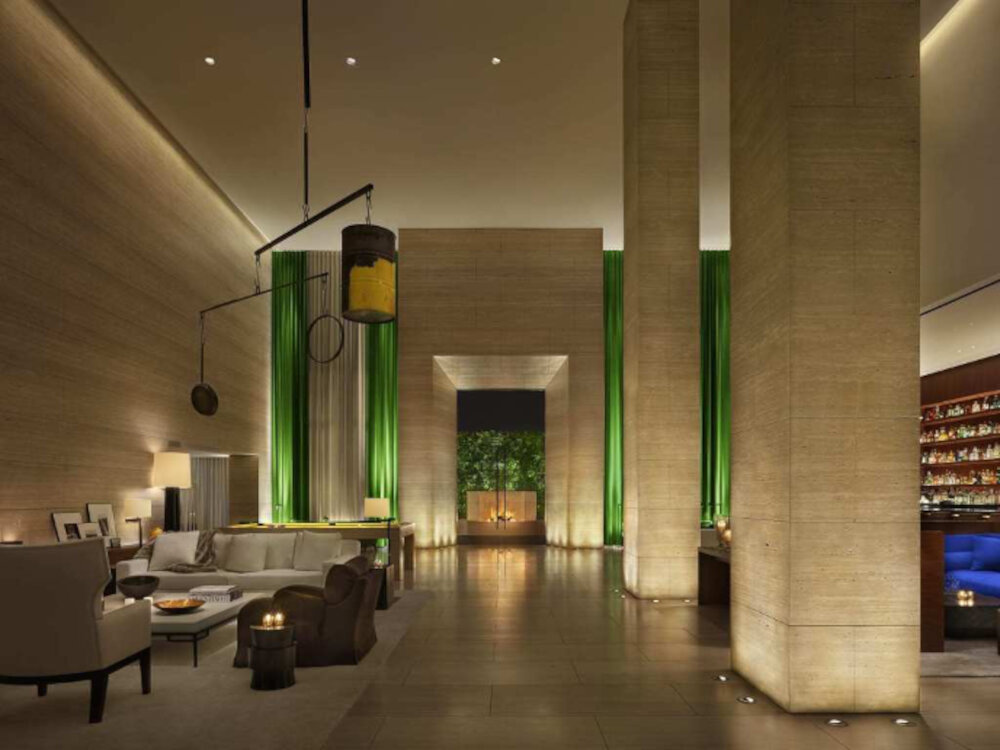
In conclusion, upgrading your lighting by changing LED recessed lights can be a great way to enhance the ambiance and functionality of your space. With the right tools and a little bit of know-how, even beginners can successfully replace their old lights with newer, more energy-efficient options. Not only will this upgrade save you money on your energy bill, but it will also give your home a modern, updated look. So why wait? Get started on your LED recessed lighting upgrade today and see the difference it can make in your home!

